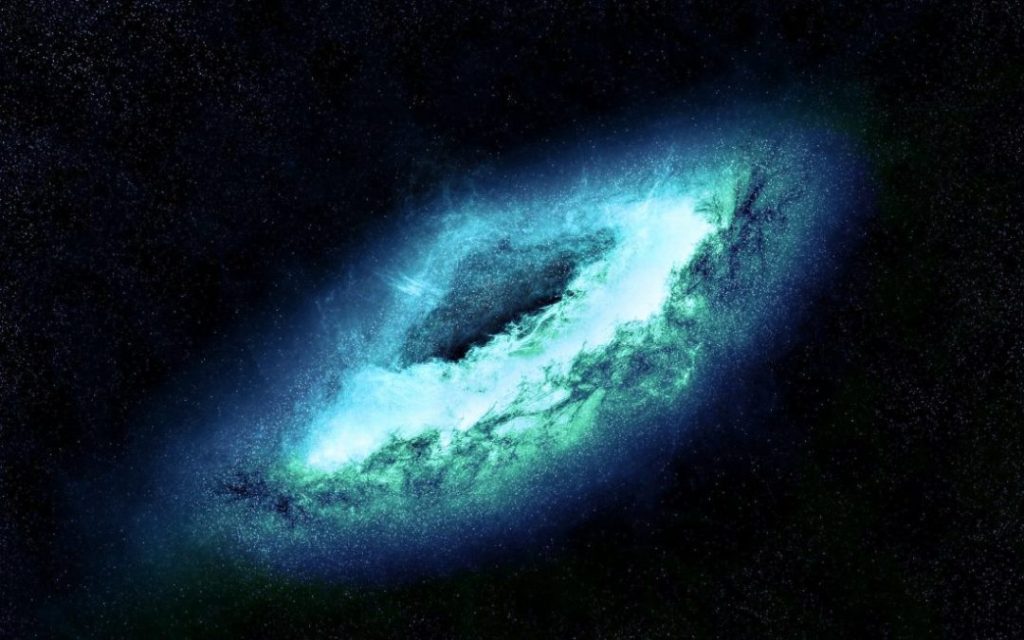Astrophysicists recently discovered a rare, new type of galaxy. The discovery of this bright galaxy is expected to be a major breakthrough in understanding how galaxies die.
Astrophysicists at the University of Kansas made this discovery at the 234th meeting of the American Astronomical Society. Allison Kirkpatrick specifically presented her discovery of bright dying galaxies.
The cold quasars were discovered in the farthest part of the cosmos. Quasars are extremely huge black holes. These holes are surrounded by huge amounts of gas and dust. This makes them way brighter than the typical galaxy.

The Quasars are created when two galaxies merge and their black holes collide. For example, there are speculations that the Milky Way (our own galaxy) and the Andromeda galaxy are on a bright collision course. The event is supposed to signal the end of our galaxy and the other one. It will then result in a quasar (an extremely luminous active galactic nucleus). But don’t worry! That won’t happen for another couple of billion years.
The gas and dust will eventually start to fall into the centre of the quasar and be blown into space. Astronomers speculate that this is point will be the end of the galaxy’s life. At this point, it will have lost the ability to form new stars.
How they found this
Kirkpatrick and their team have, however, discovered that a small part of these cold quasars is still forming new stars. The team of researchers found these out by examining the sky with X-ray and infrared telescopes.
They found 22 quasars at a distance of 6 to 12 billion years away. When viewed optically, they exhibited unusual signatures that looked like they were in the end stages of their lives. The interesting part was that they still emitted bright far-infrared signature. They also had a lot of dust and cold gas in them.

Kirkpatrick said in the centre of the galaxy is a dead zone where the quasar has blown away most of the gas and dust. Around the outside, a star-forming region can be found with lots of gas and dust too. She postulated that if they zoomed in on one of the quasars, it will look like a doughnut.
“These galaxies are rare because they’re in a transition phase. We’ve caught them right before star formation in the galaxy is quenched, and this transition period should be very short,” Kirkpatrick said.
This period is expected to last around 10 million years with strong winds moving through the galaxy. These cold quasars are regarded as incredibly rare. This discovery has also been deemed as an important step in figuring out how galaxies mature, live and die.

